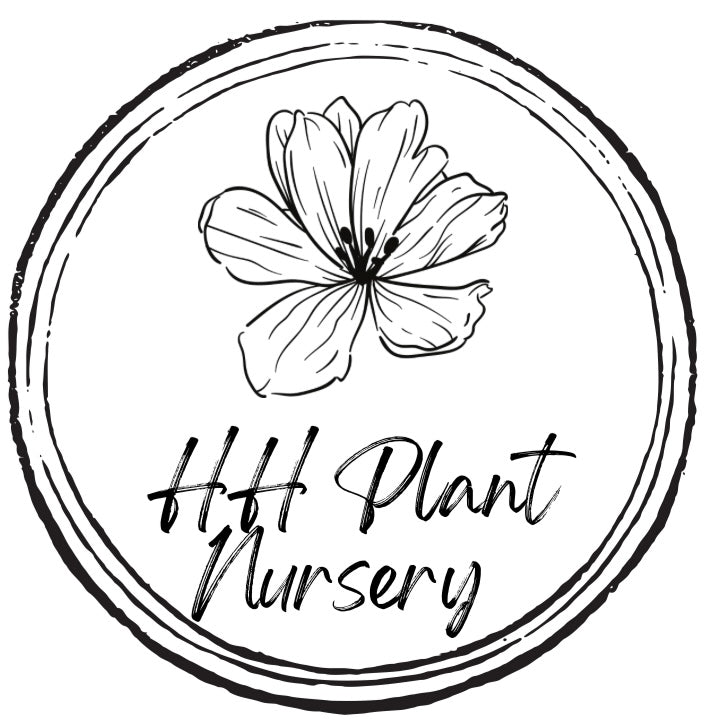Healthy Harvesters
English Lavender
English Lavender
Couldn't load pickup availability
Lavandula angustifolia 'Common English Lavender'
This is the true English Lavender plant. Its midsummer flowers are a dusky blue violet, the buds gray violet, on spikes about 8″ long. Plants form rounded mounds of silvery gray foliage perhaps 3′ high and slightly wider, an elegant presence at mid-border or along a flagstone walk. Many gardeners grow Lavender for its fragrance, but the genus includes several excellent garden plants that should be more widely used for their midsummer beauty and resistance to heat and drought.
The cool, gray-green foliage provides a perfect backdrop for the slender, arching flower stems. Some varieties are small, others tall, and you'll find that they are attractive and useful long after the spent flowers have been clipped off. Flower edible fragrant in the color purple-lilac the flowers grow on stems in the end, the flowers spike looks like hive.
Growing English Lavender
- Plant English Lavender in a location with full sun exposure, ensuring it receives at least 6-8 hours of direct sunlight daily for optimal growth and flowering.
- Water the plant sparingly, allowing the soil to dry out between watering sessions to prevent root rot, as English Lavender prefers dry conditions.
- Use well-draining soil, such as sandy or gravelly soil, to prevent waterlogging and promote healthy root development.
- English Lavender is hardy in USDA zones 5-8 and can tolerate a range of temperatures but prefers a dry, Mediterranean-like climate.
- Prune the plant in late summer or early fall after flowering to maintain its shape and encourage new growth, removing spent flowers and woody stems.
Shipping Info
Your plant will be shipped with the roots wrapped in plastic and ready to plant upon arrival. The plant will be between 5” to 6” in height with well-developed roots. Planting guidelines will also be included.






